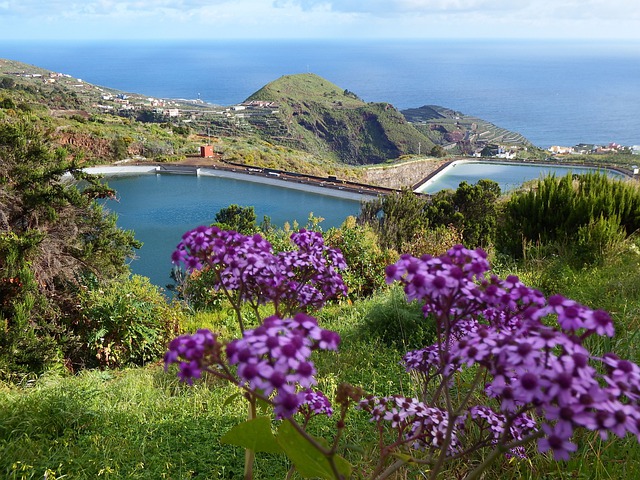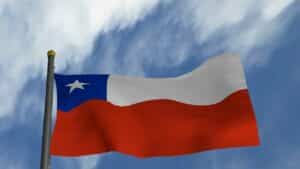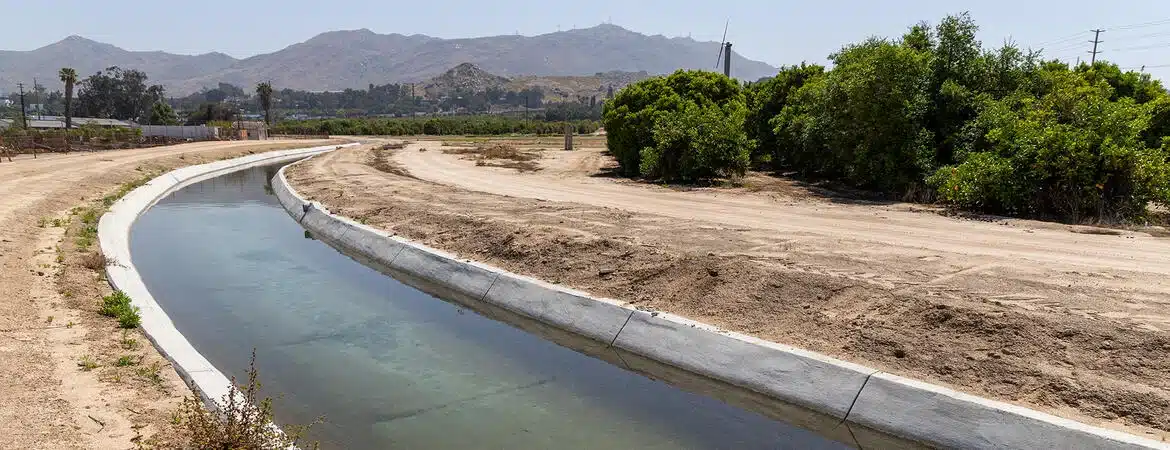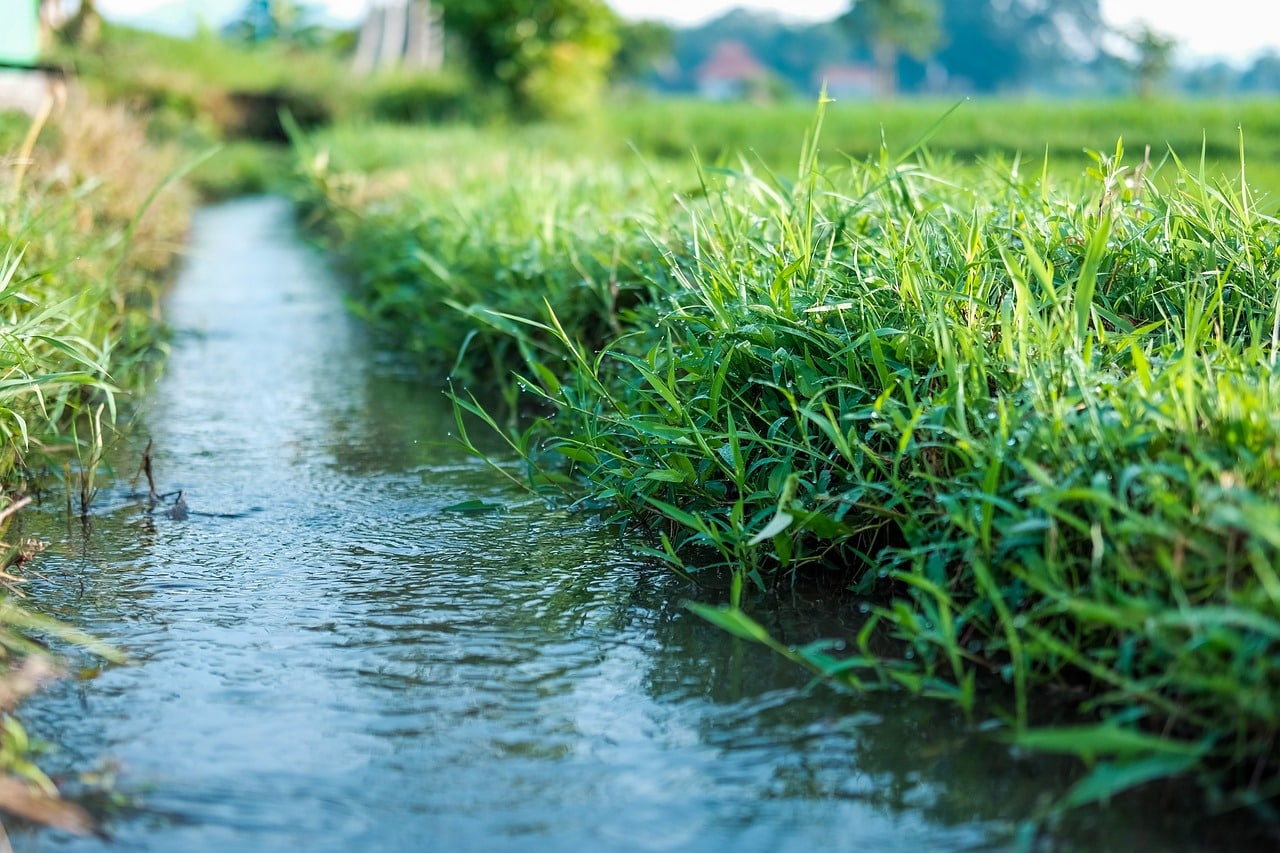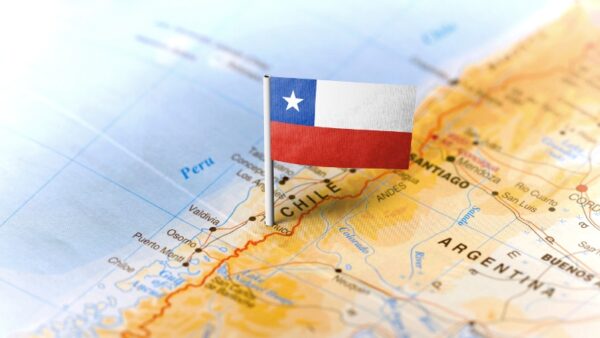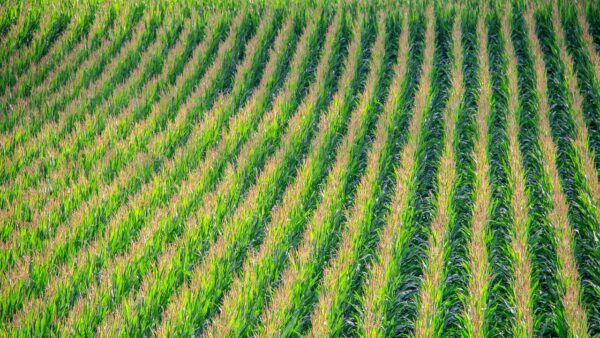The Andes maybe plant breeding’s most important mountain range. This imposing geographical feature runs more than 4,500 miles, has an average elevation of more than 13,000 feet and a peak elevation of more than 22,000 feet. It stretches across all of South America, serves as the border between Chile and Argentina and is home to incredible extremes. In Northern Chile, the Atacama Desert is the driest place on Earth, while the peaks of the Andes can accumulate more than 10 feet of snow in a single storm!
It might not seem like this massive wall of rock can have anything to do with bringing new plant varieties to life, but its impact cannot be overstated.
The Andes proximity to the Pacific Ocean creates a 100-mile wide, 750-mile long, natural greenhouse that is perfectly suited for breeding activities with almost any plant species.
The low humidity and sparse summer rainfall greatly reduce disease and insect pressure. This allows for open field seed nursery work on sensitive and hard-to-grow crops. The low humidity reduces cloud cover and allows for up to 300 days of sunshine each year. This environment, combined with close to zero summer storms, helps make Chile one of the most predictable growing environments in the world. This is critical as planting breeding projects can start with as little as a handful of seeds.
The Andes also provide the life-giving water necessary to plant breeding success in such a dry climate. Snow packs the Andes’ peaks and winter rains fill hundreds of high-elevation lakes and nearly 1 trillion gallons of manmade reservoirs. This water travels to fields through a vast network of interconnected irrigation canals. This abundant water is well-managed to ensure an adequate and predictable supply each year.
My company, Gro Alliance, operates just such a nursery station about 30 miles South of Santiago with our joint venture (JV) partner CIS Semillas. Each year, the JV named CIS Alliance plants 10-15 different crop species from seed companies around the world. Plant breeders working on oilseeds, row crops and vegetables from Asia, North America and Europe recognize the unique environment created by the Andes.
So, the next time you see pictures (or visit!) this stunning mountain range, you’ll understand the important role it plays in improving the crops we farm and food we eat!


